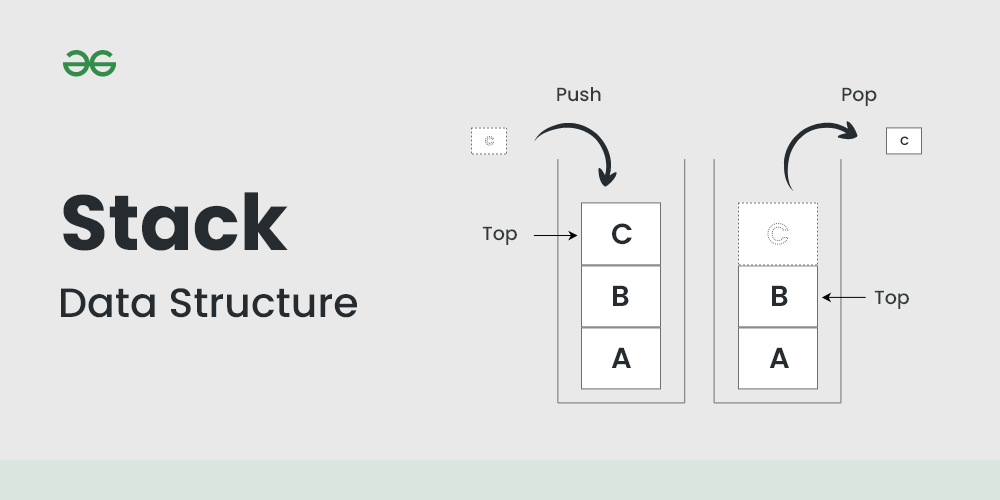图像分类与识别:OpenCV摄像头图像处理的智能识别应用
发布时间: 2024-08-07 07:10:53 阅读量: 45 订阅数: 39 


# 1. 图像分类与识别的基本原理**
图像分类和识别是计算机视觉领域的重要任务,其目的是让计算机识别和分类图像中的对象。图像分类涉及将图像分配到预定义的类别中,而图像识别则进一步识别图像中特定对象的实例。
图像分类和识别背后的基本原理是利用计算机算法分析图像中的模式和特征。这些算法通常基于机器学习技术,例如卷积神经网络(CNN),该技术能够从图像中提取高级特征并将其映射到特定类别。通过训练算法识别不同类别的图像,计算机可以学习将新图像准确分类和识别。
# 2. OpenCV图像处理基础
### 2.1 图像读取、显示和转换
**图像读取**
```python
import cv2
# 读取图像
image = cv2.imread('image.jpg')
```
**参数说明:**
* `image.jpg`: 图像文件路径
**逻辑分析:**
* `cv2.imread()` 函数读取图像文件并返回一个 NumPy 数组,表示图像数据。
**图像显示**
```python
cv2.imshow('Image', image)
cv2.waitKey(0)
cv2.destroyAllWindows()
```
**参数说明:**
* `'Image'`: 图像窗口名称
* `image`: 要显示的图像
**逻辑分析:**
* `cv2.imshow()` 函数创建一个图像窗口并显示图像。
* `cv2.waitKey(0)` 等待用户按任意键关闭窗口。
* `cv2.destroyAllWindows()` 关闭所有图像窗口。
**图像转换**
```python
# 将图像转换为灰度图
gray_image = cv2.cvtColor(image, cv2.COLOR_BGR2GRAY)
# 将图像转换为 HSV 颜色空间
hsv_image = cv2.cvtColor(image, cv2.COLOR_BGR2HSV)
```
**参数说明:**
* `image`: 输入图像
* `cv2.COLOR_BGR2GRAY`: 转换到灰度图的代码
* `cv2.COLOR_BGR2HSV`: 转换到 HSV 颜色空间的代码
**逻辑分析:**
* `cv2.cvtColor()` 函数将图像从一种颜色空间转换为另一种颜色空间。
* 灰度图仅包含亮度信息,而 HSV 颜色空间包含色调、饱和度和值信息。
### 2.2 图像增强处理
**直方图均衡化**
```python
# 直方图均衡化
equ_image = cv2.equalizeHist(gray_image)
```
**参数说明:**
* `gray_image`: 输入灰度图
**逻辑分析:**
* 直方图均衡化调整图像的像素分布,使图像具有更均匀的对比度。
**锐化**
```python
# 拉普拉斯算子锐化
laplacian_image = cv2.Laplacian(gray_image, cv2.CV_64F)
```
**参数说明:**
* `gray_image`: 输入灰度图
* `cv2.CV_64F`: 输出图像的数据类型
**逻辑分析:**
* 拉普拉斯算子是一种边缘检测算子,用于增强图像的边缘。
### 2.3 图像分割和特征提取
**阈值分割**
```python
# 阈值分割
thresh_image = cv2.threshold(gray_image, 127, 255, cv2.THRESH_BINARY)[1]
```
**参数说明:**
* `gray_image`: 输入灰度图
* `127`: 阈值
* `255`: 最大值
* `cv2.THRESH_BINARY`: 二值化阈值类型
**逻辑分析:**
* 阈值分割将像素值大于阈值的像素设为白色,小于阈值的像素设为黑色。
**轮廓检测**
```python
# 轮廓检测
contours, hierarchy = cv2.findContours(thresh_image, cv2.RETR_EXTERNAL, cv2.CHAIN_APPROX_SIMPLE)
```
**参数说明:**
* `thresh_image`: 输入二值化图像
* `cv2.RETR_EXTERNAL`: 仅检索外部轮廓
* `cv2.CHAIN_APPROX_SIMPLE`: 使用简单轮廓近似
**逻辑分析:**
* 轮廓检测找到图像中的轮廓,轮廓是连接的像素点的集合,代表图像中的对象。
**特征提取**
```python
# 计算轮廓的面积和周长
areas = [cv2.contourArea(contour) for contour in contours]
perimeters = [cv2.arcLength(contour, True) for contour in contours]
```
**参数说明:**
* `contour`: 轮廓
* `cv2.contourArea()`: 计算轮廓面积
* `cv2.arcLength()`: 计算轮廓周长
**逻辑分析:**
* 轮廓的面积和周长是常见的特征,可用于区分图像中的不同对象。
# 3. 机器学习图像分类
### 3.1 图像分类模型概述
图像分类是计算机视觉中一项基本任务,其目标是将图像分配到预定义的类别中。图像分类模型通常采用机器学习算法,通过学习大量标注图像,从数据中提取特征并建立分类模型。
### 3.2 卷积神经网络(CNN)在图像分类中的应用
卷积神经网络(CNN)是一种深度学习模型,在图像分类任务中表现出色。CNN由一系列卷积层、池化层和全
0
0





